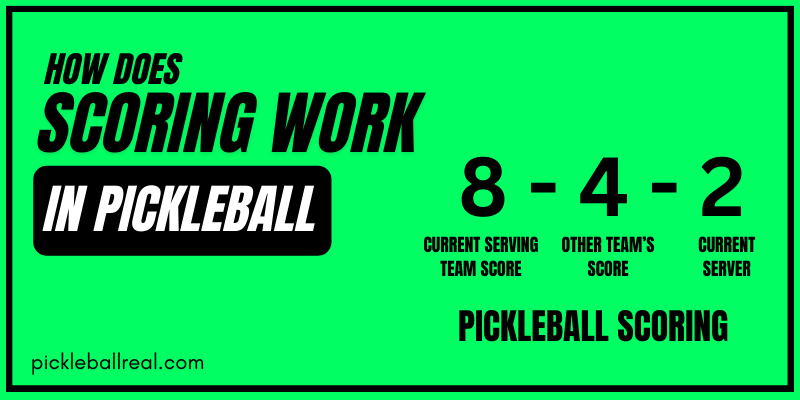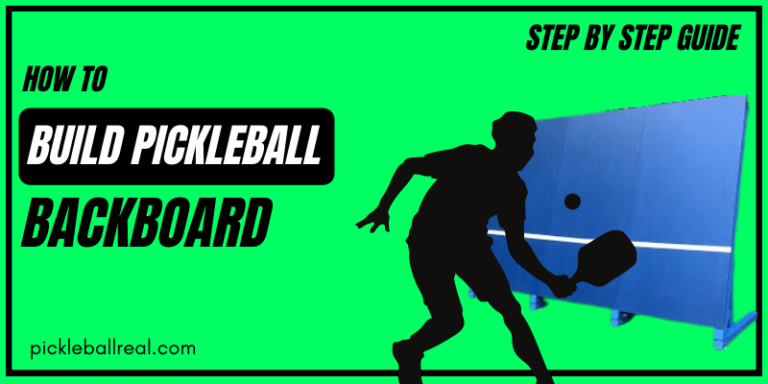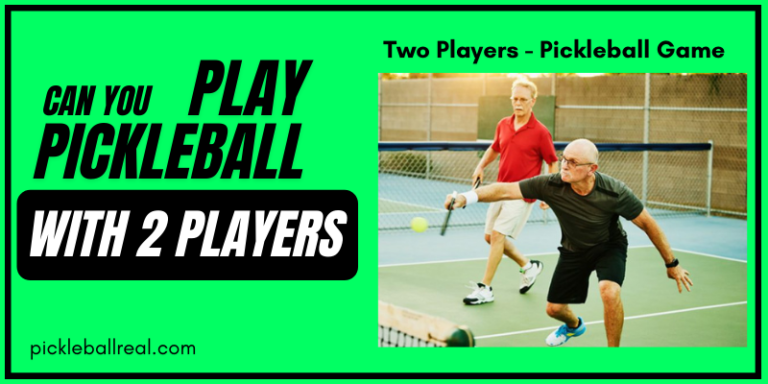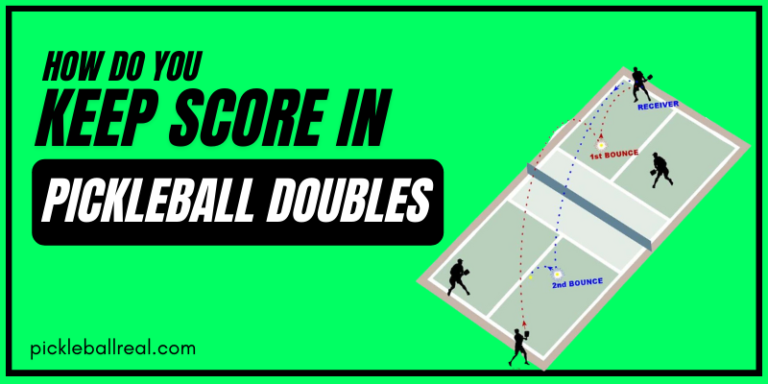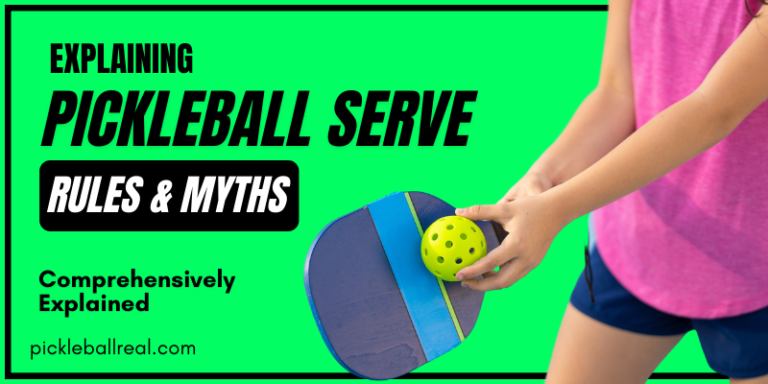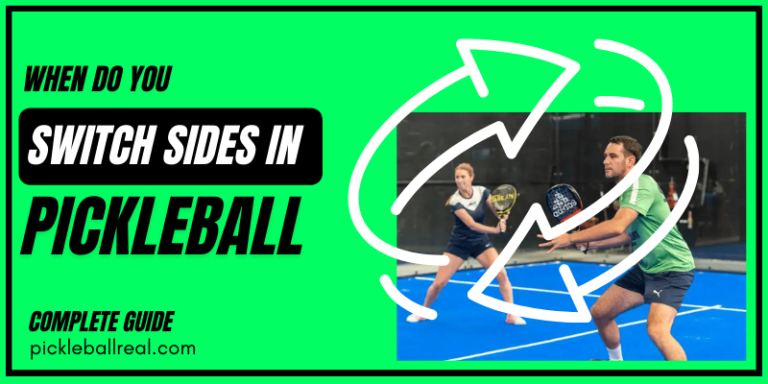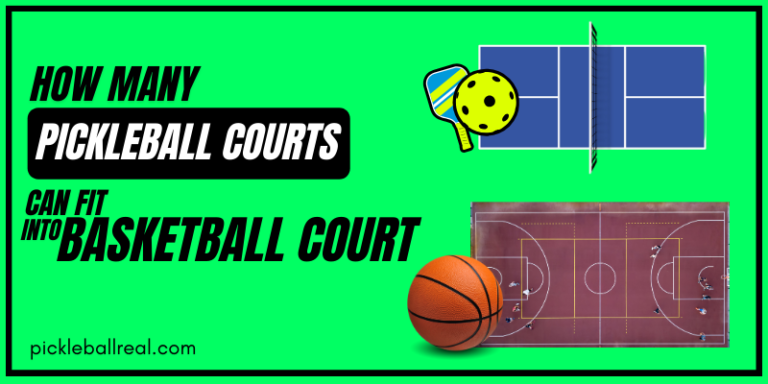How Does Pickleball Scoring Work – Explained
With a unique scoring method that combines elements from tennis, badminton, and table tennis, pickleball incorporates a simple yet dynamic scoring system that adds to the thrill of each match. After all, knowing how to keep score can make all the difference between victory and defeat on the pickleball court.
In pickleball, scoring is based on a double-bounce rule, where points can only be scored by the serving team. Games are typically played to 11 points, and a team must win by a margin of 2 points. The serving team’s score is announced first, followed by the receiving team’s score. In tournament play, matches may consist of multiple games to determine the overall winner.
Here, we will dive into the ins and outs of pickleball scoring system so that you can confidently track your progress during each match.
Understanding the Scoring System
In pickleball, only the serving team can score points by winning a rally. Games are typically played to 11 or 15 points, with a winning margin of 2 points. If the score reaches 10 or 14 without a 2-point lead, play continues until one team achieves the required lead. It’s crucial to remember that both teams must be serving to earn points, adding an extra layer of strategy to the game.
Serving and Receiving
Serving Technique in Pickleball
Each player serves diagonally from their right-hand court, ensuring one foot stays behind the back line. The underhand serve should clear the 7-foot non-volley zone and land within the opponent’s bounds.
Receiving and the Two-Bounce Rule
The ball must clear the net and be returned before its second bounce. The receiver can let it bounce once, but both teams must anticipate and be ready for the ball’s trajectory. After the serve, teams must abide by the two-bounce rule, allowing the receiving team to return their first shot before engaging in volleying.
Mastering these techniques is crucial for effective pickleball gameplay, demanding practice and skill to execute flawlessly.
The Importance of the Kitchen Line
In pickleball, the kitchen line, or non-volley zone, is a significant boundary that spans a 7-foot area on both sides of the net.
- Players must avoid stepping into this area during serves and returns to prevent faults and give up points to the opposing team.
- The rule aims to promote fair play and encourage strategic positioning and precise shots rather than relying solely on power.
- Understanding how to navigate this line effectively is crucial for maximizing offensive opportunities and minimizing errors.
- Strategic positioning just outside or inside this boundary enables players to control the game during close-range exchanges and react quickly to incoming shots.
Practicing proper distance management from the kitchen line enhances overall gameplay, ensuring players are prepared to make the most of crucial moments during matches.
Winning a Game and Match Point
Scoring in Pickleball:
- Game victory at 11 points with a 2-point lead maintains excitement and competition.
- Points solely scored by the serving team, continuing until a fault or a lost point.
- 11 points with a 2-point lead secure a game win; matches often comprise multiple games.
Understanding Match Point:
- Signifies the final chance to win the entire match.
- Intensifies pressure and emotions, urging the trailing team to push harder.
- Essential grasp of the scoring system maximizes engagement and competitiveness in pickleball.
Tips for Beginners on Keeping Score
Scoring in pickleball can be simplified with a few key tips for beginners:
- Understand that only the serving team can score points by winning a rally.
- Keep track of the score using a paddle tally counter or by verbal counting after each point.
- Remember the serving rotation: right-hand side for even scores and left-hand side for odd scores.
- Familiarize yourself with the kitchen line to ensure legal volleys and avoid losing the serve.
- Focus on grasping the basic scoring rules before delving into advanced terminologies like “dinking” or “sideout.”
By following these tips, beginners can confidently manage pickleball scores, utilizing tools like tally counters and gaining a better understanding of the game’s fundamentals over time.
Conclusion
So there you have it! In pickleball, it’s all about that rally scoring – points only for the serving team, and you’ve got to be ahead by at least 2 points to win. If it’s 10-10, the excitement doesn’t stop, as the game keeps going until someone takes that 2-point lead. Just remember, matches can be best of three or five games, so every point counts. Now, grab that paddle and get ready for some intense, strategic play!
FAQs
How many bounces are allowed in pickleball?
In pickleball, only one bounce is allowed on each side before the ball must be returned.
Can you win by one point in pickleball?
Yes, you can win by one point in pickleball, as long as you have a two-point lead over your opponent.
What does 3 mean in pickleball?
In pickleball, “3” typically refers to the third shot drop, a strategic soft shot played after the serve and return to gain control of the net.
How many steps is 2 hours of pickleball?
Two hours of pickleball can amount to approximately 8,000 to 10,000 steps, depending on the intensity of play and individual movement.
Why do people love pickleball?
People love pickleball for its accessibility, social aspect, and the mix of physical activity and strategy that make it enjoyable for players of all ages and skill levels.

